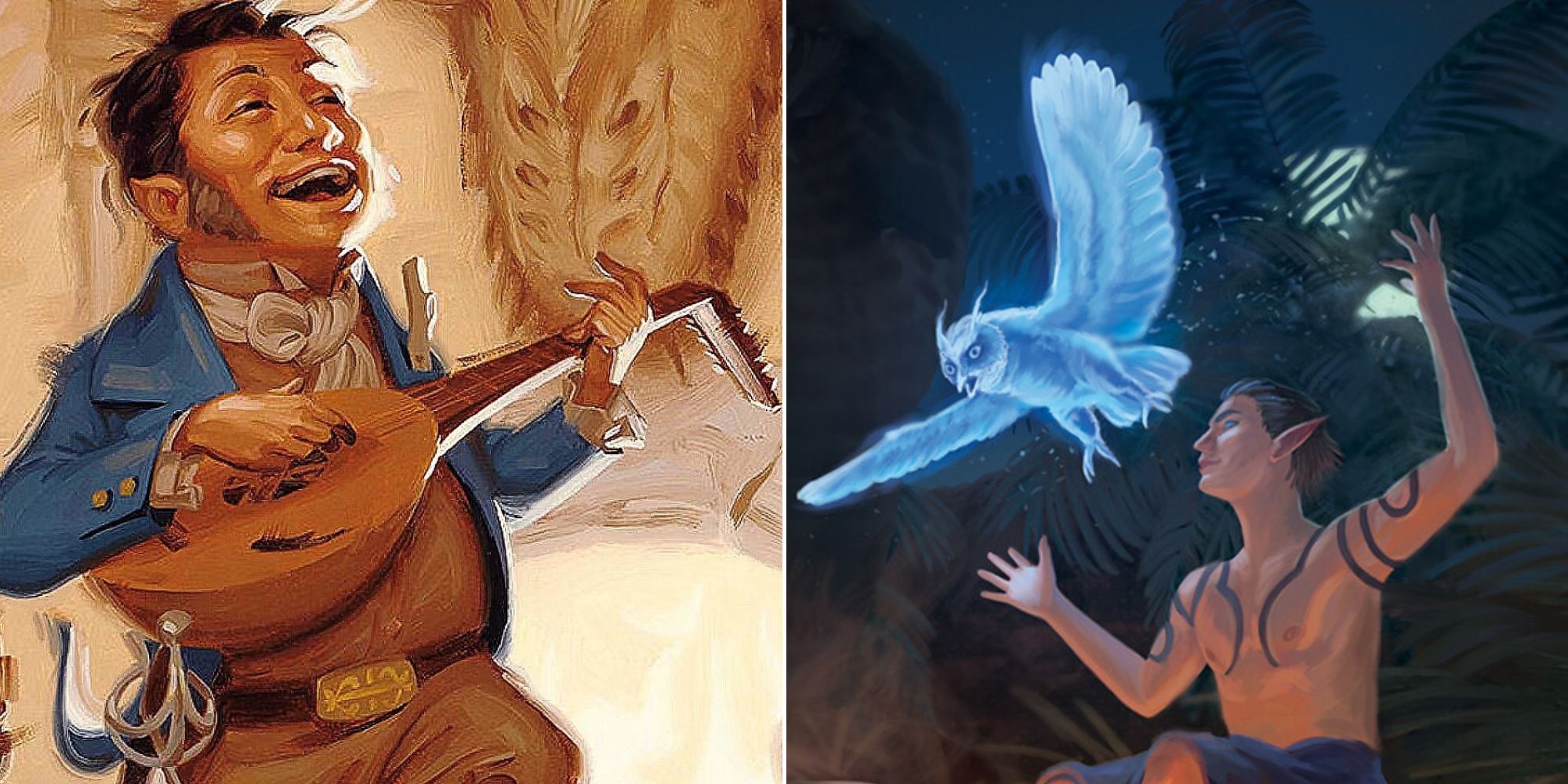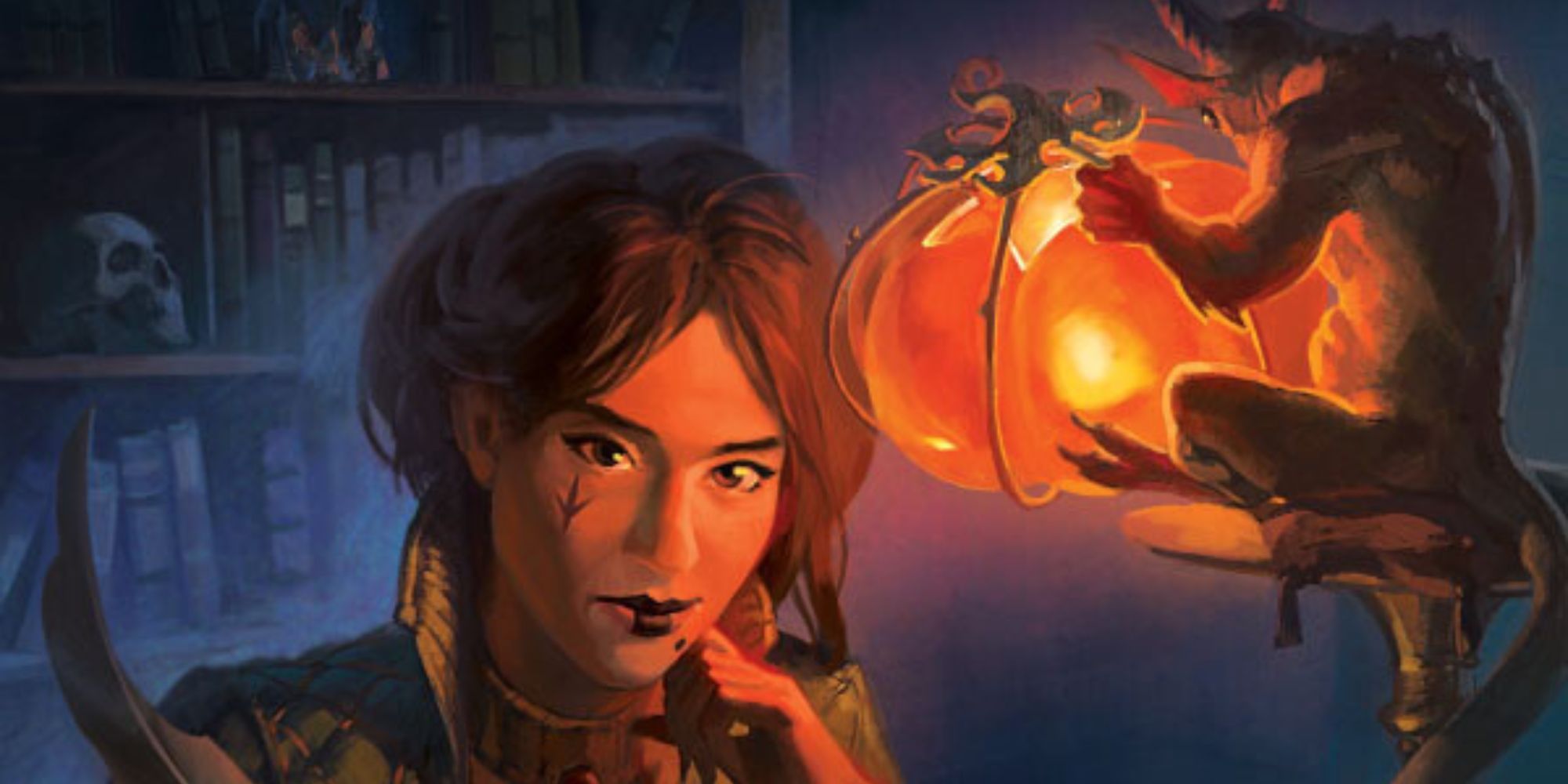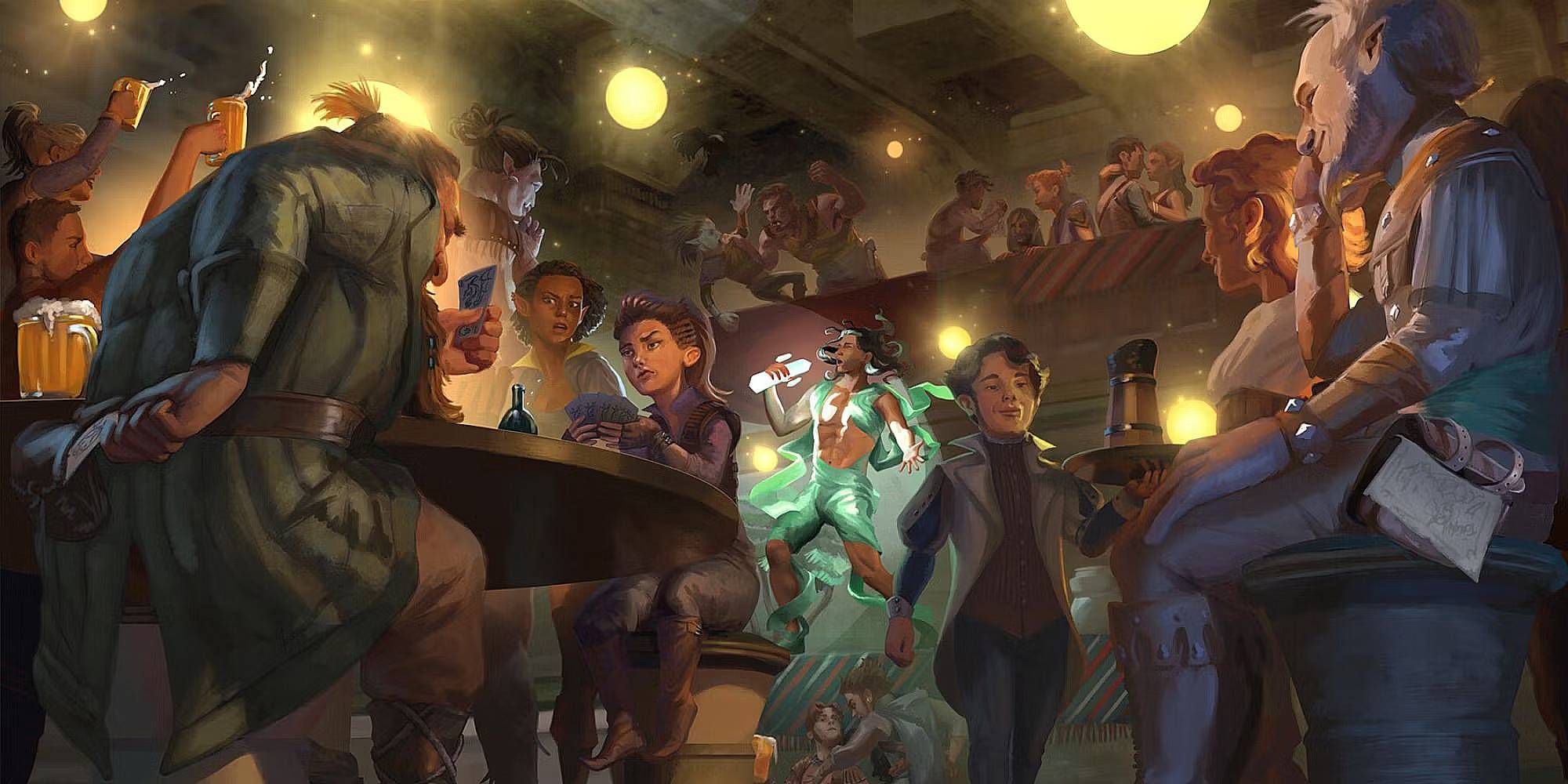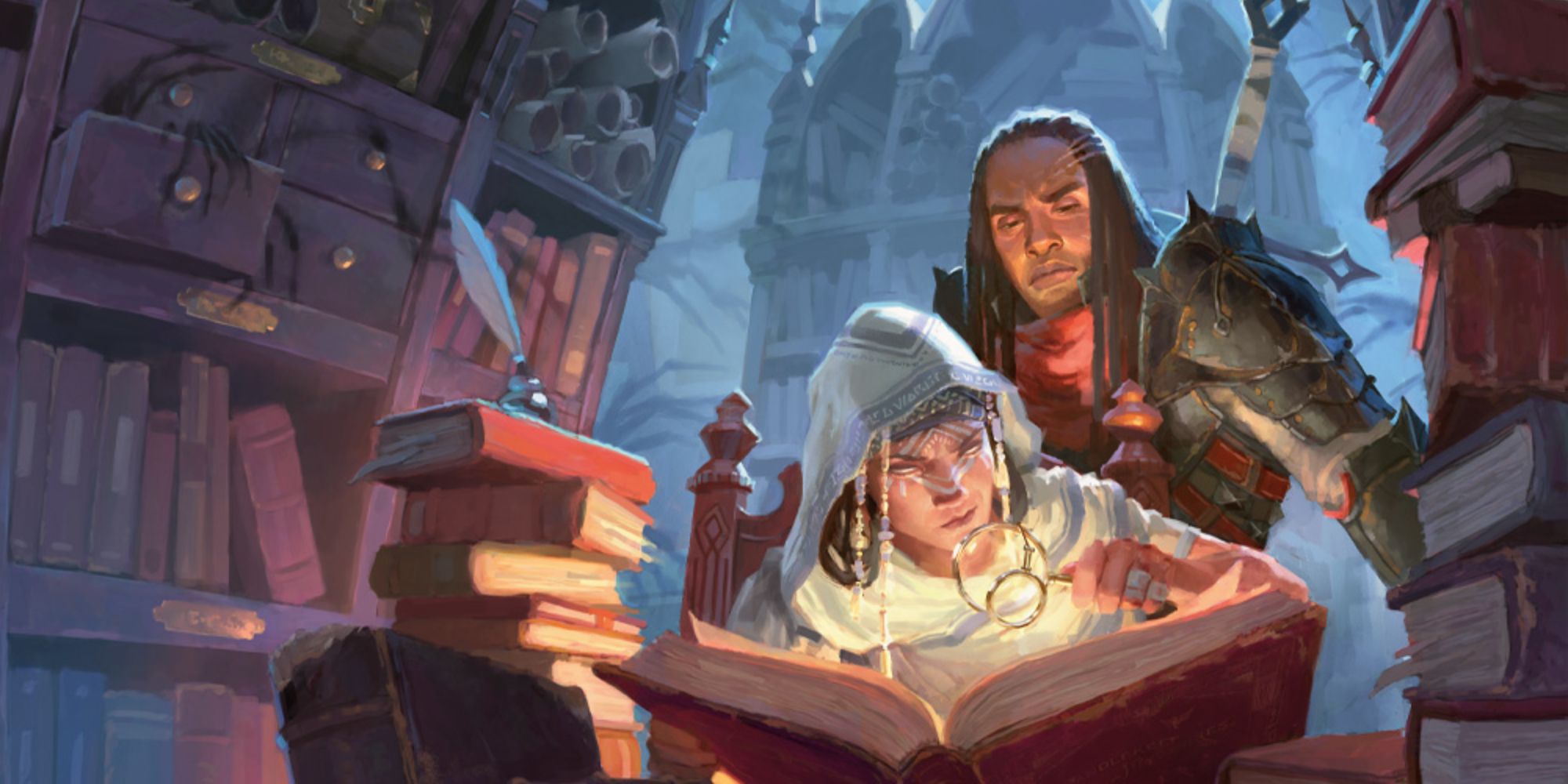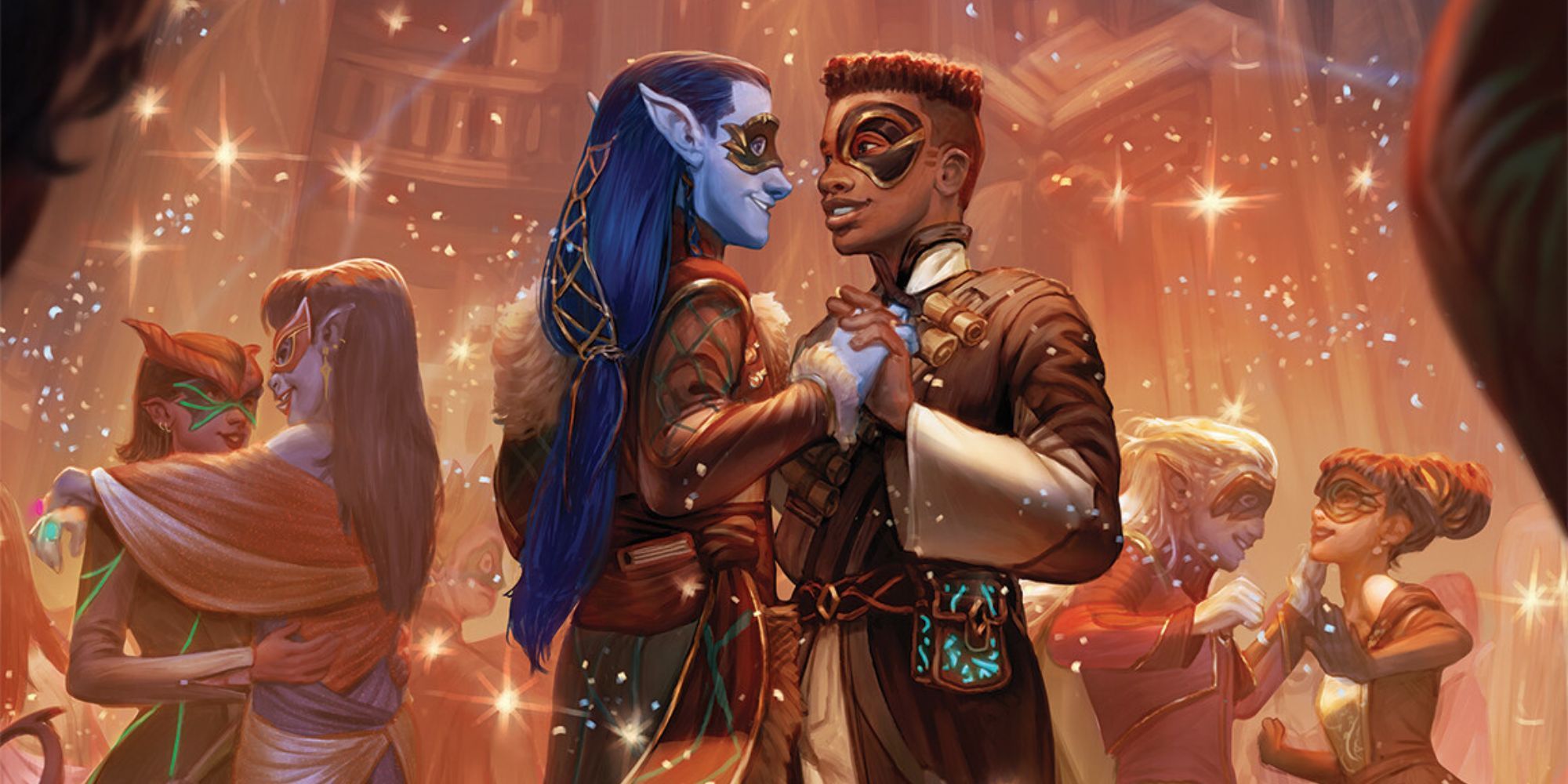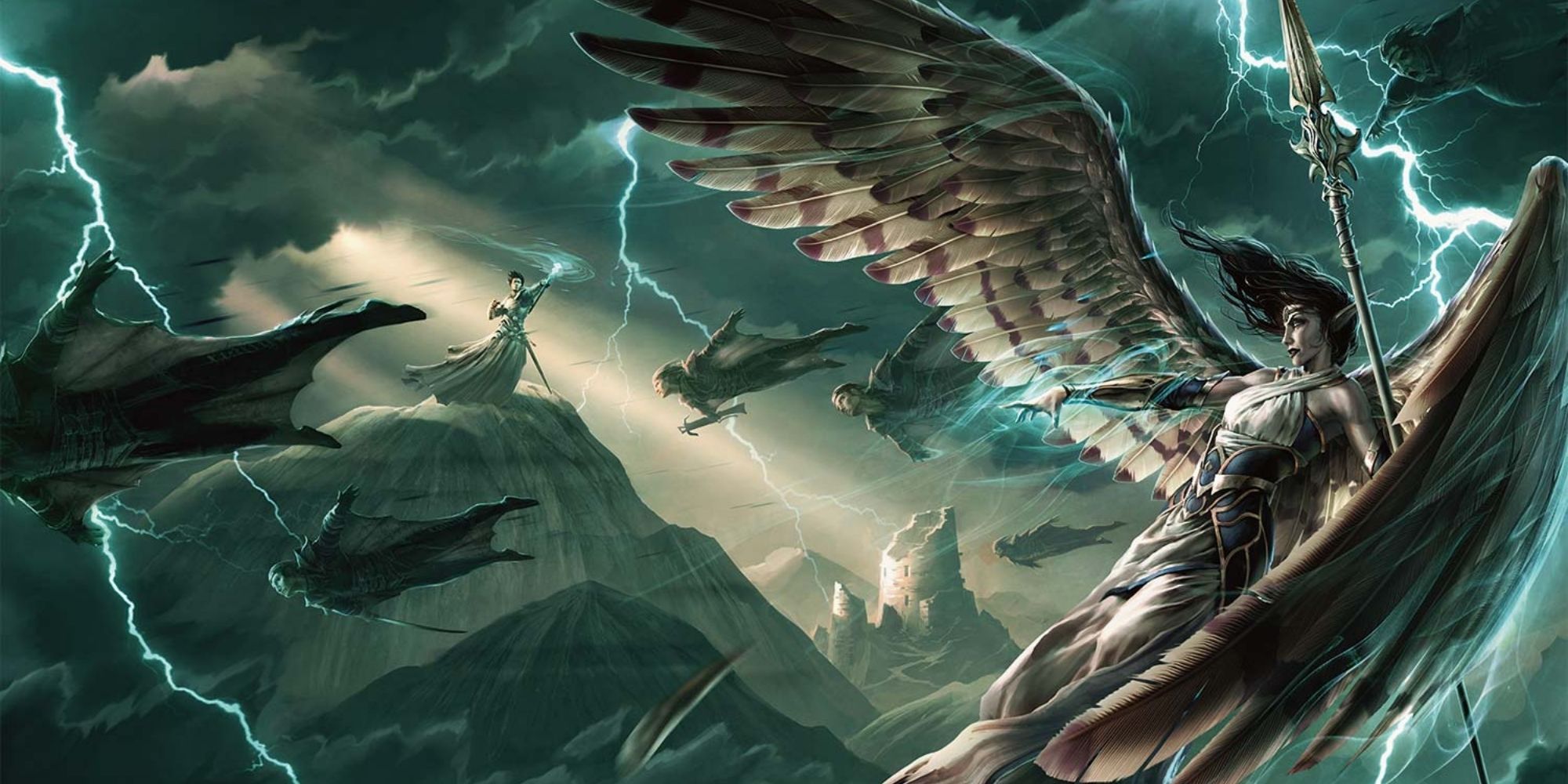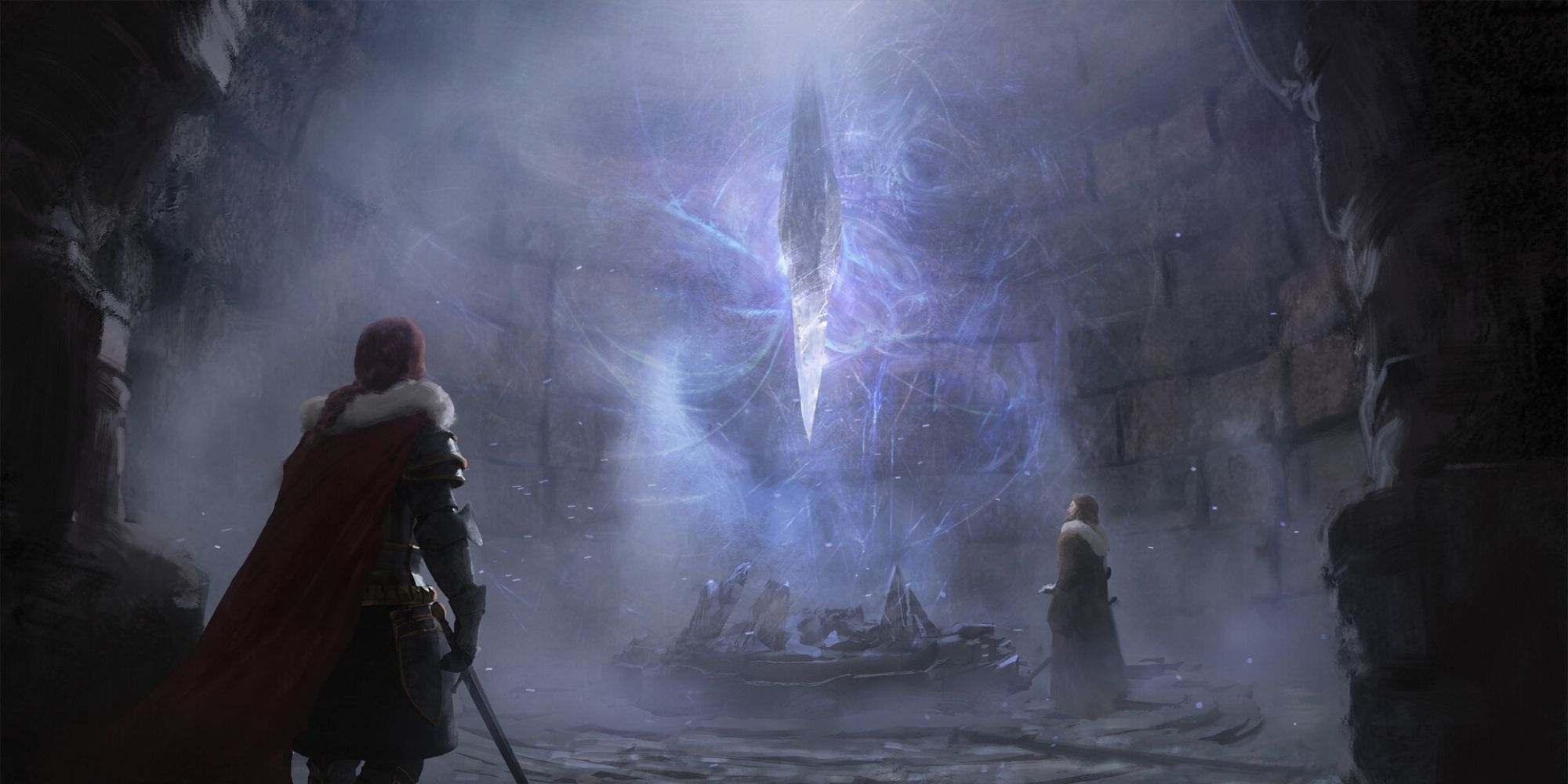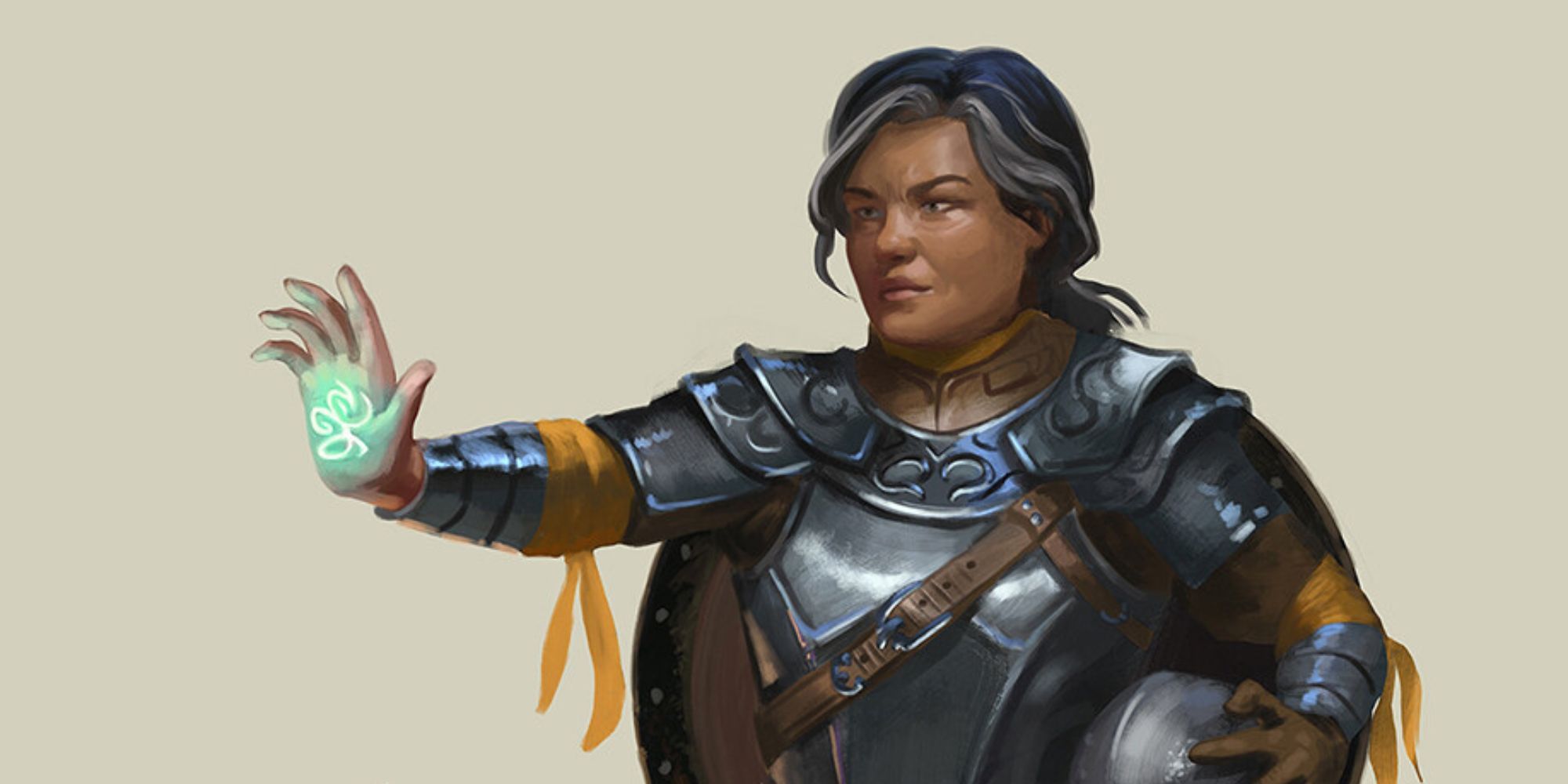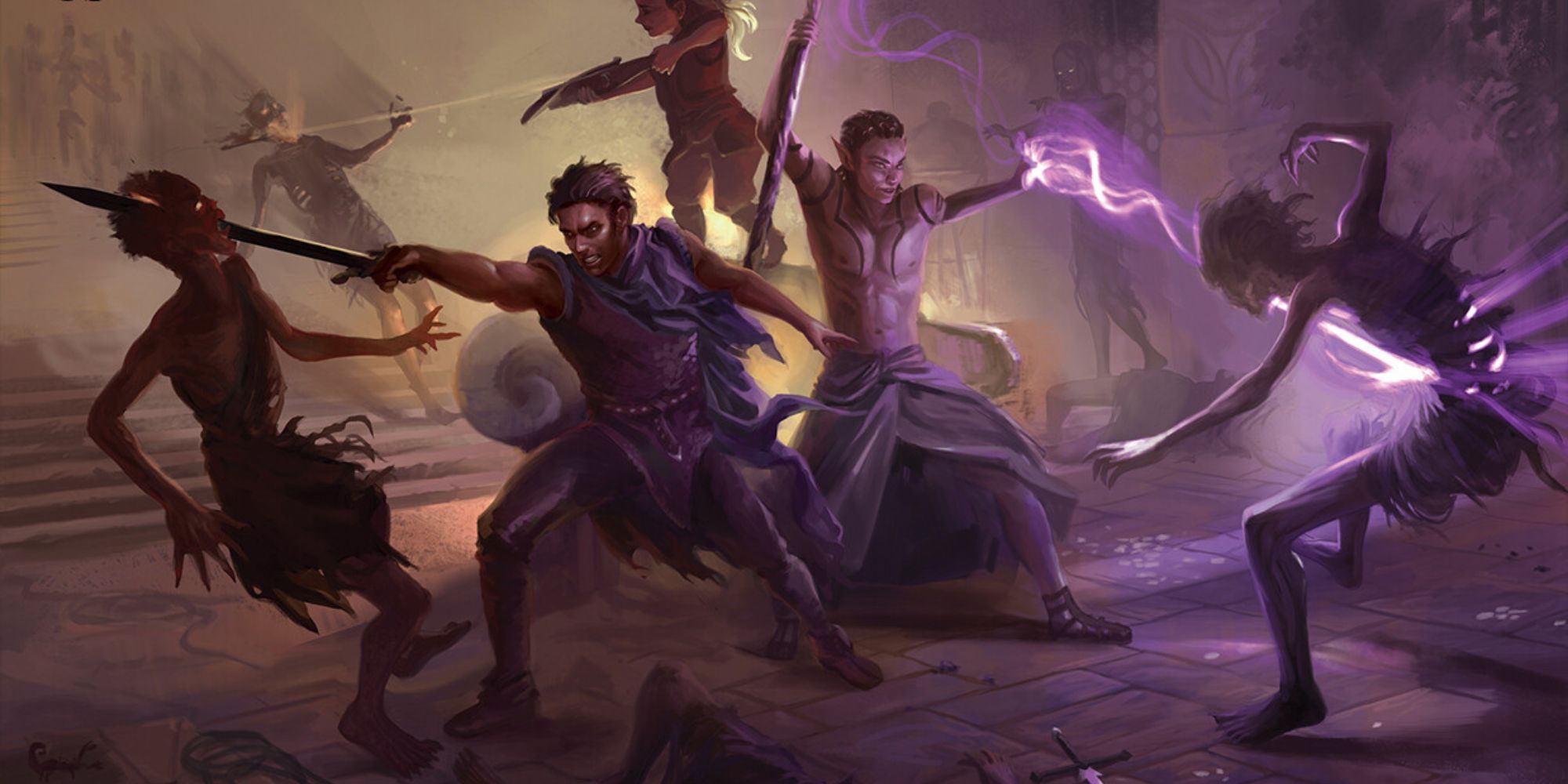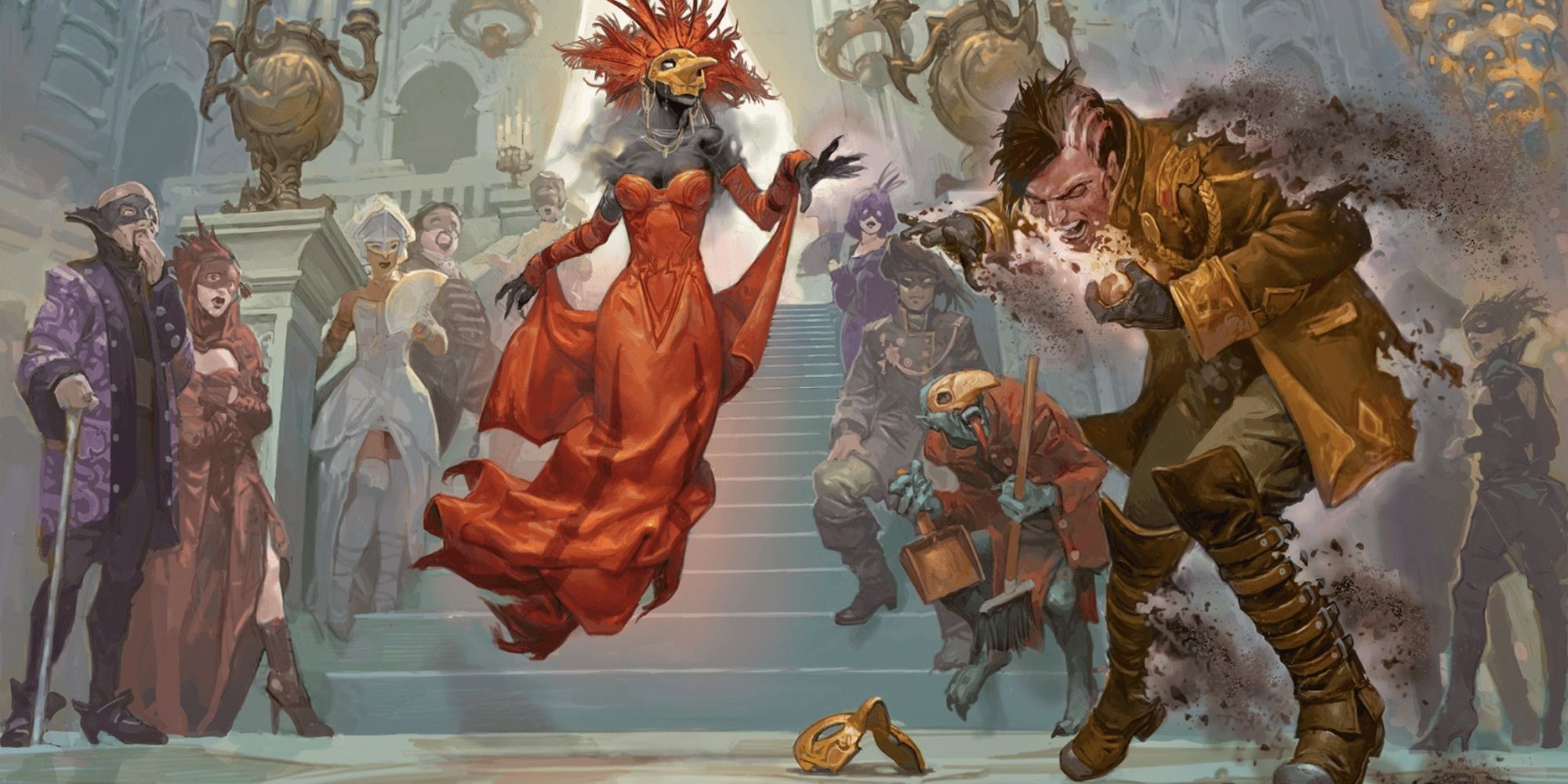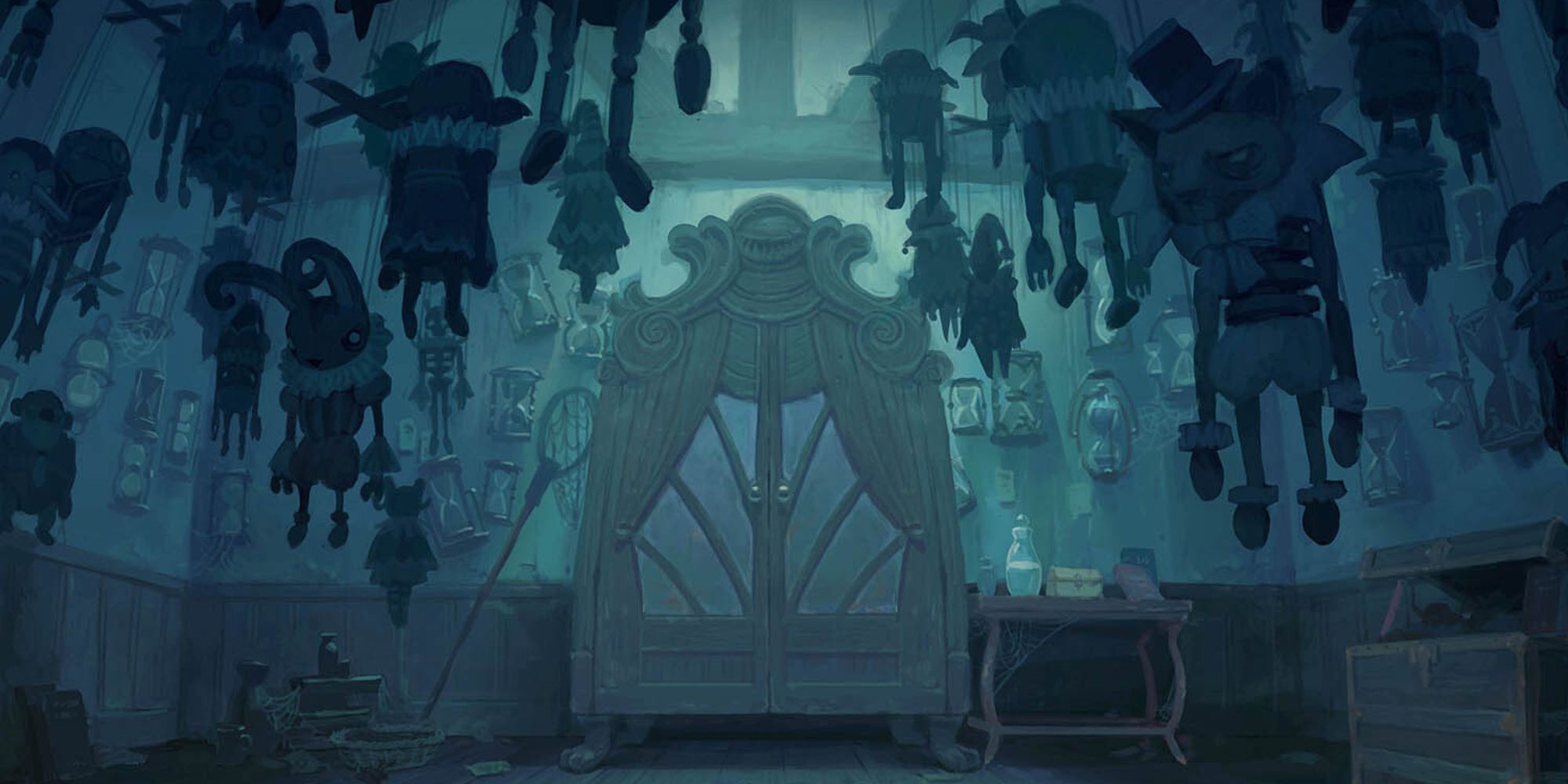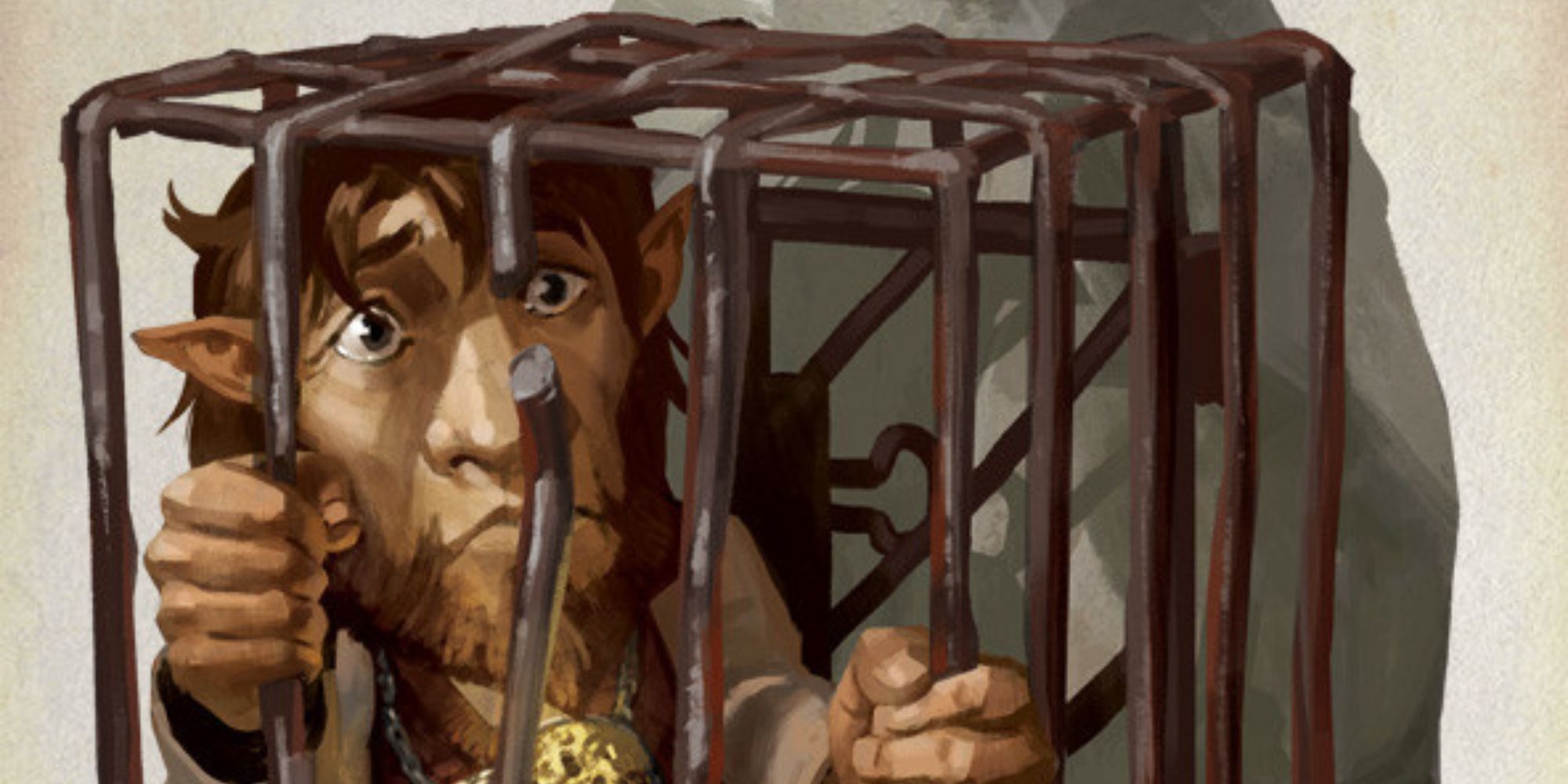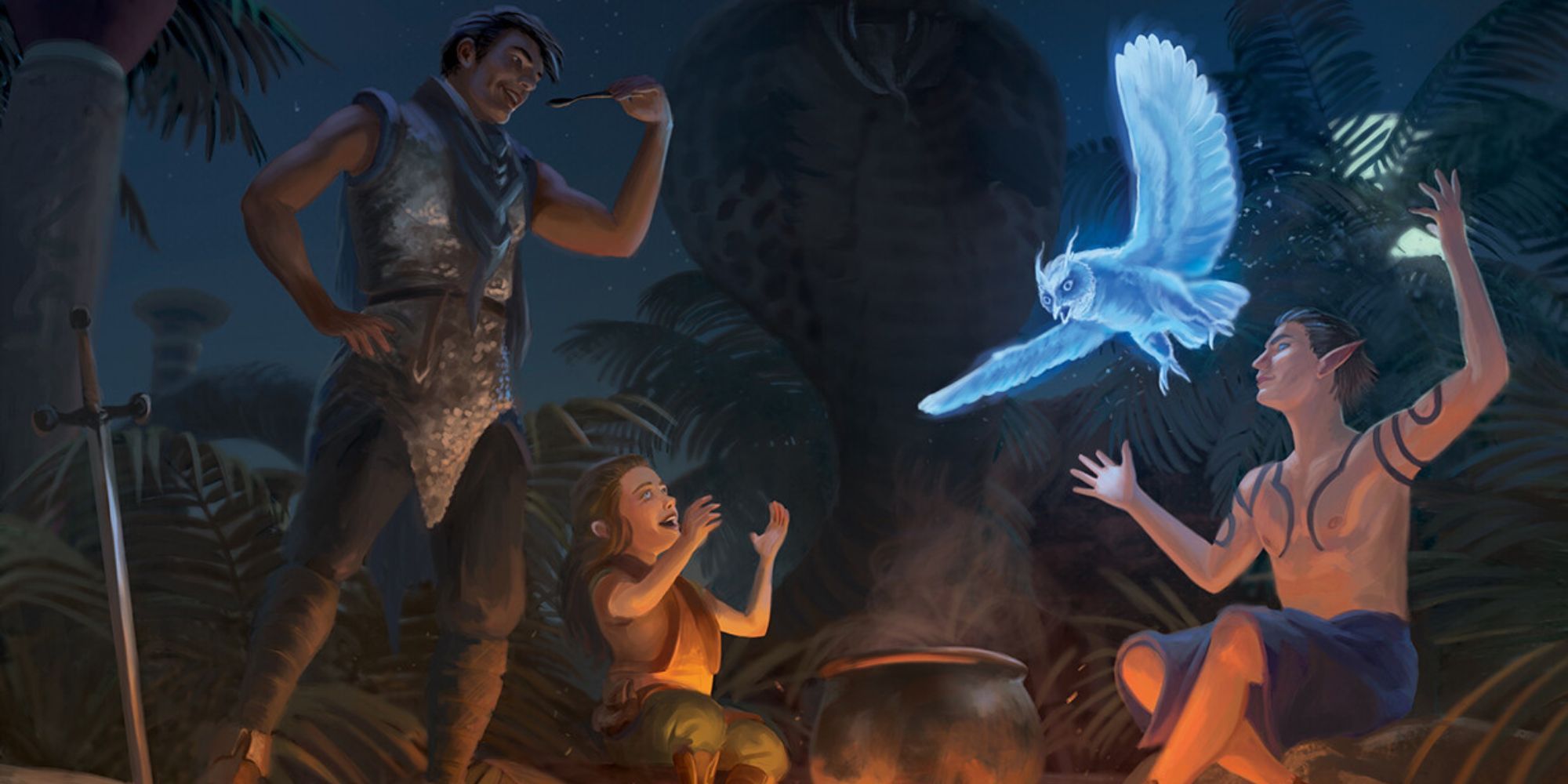One of the most important parts of Dungeons & Dragons is creating your character. Not only do you need to craft an exciting backstory, but you also need to decide their abilities, such as their cantrips. Cantrips can be cast at will and do not use a spell slot. They can be invaluable both in and out of combat.
Bards are a great class to play. They are incredibly versatile, often charming those around them and supporting the party with inspiration. As a first-level Bard, you can know two cantrips out of a possible 12. Each spell has its uses, but with such a limited amount of space, it is essential to pick the right ones to help your Bard succeed. So, here is every cantrip a Bard can pick, ranked.
12 Light
The Light cantrip allows you to touch one object that is smaller than ten feet and make it emit light as if it was a torch. You get to pick the color of the light, and it will last for an hour.
This cantrip can be helpful if you are exploring a dark and gloomy domain, but more often than not, you'll have other light sources available. Additionally, many characters often have darkvision, making this spell a little redundant.
11 Dancing Lights
Dancing Lights is similar to the Light cantrip but allows you to create up to four hovering lights. They only offer a dim light, but you can move the lights to nearby locations for a bonus action.
Once again, having a light source isn't the most exciting cantrip. However, the fact that you can move the lights around and even create a vaguely humanoid figure with the orbs means that it could be helpful in distractions. For example, perhaps you could lure a magical creature away with a trail of these lights. But, overall, this cantrip does not have too many uses for a Bard.
10 Mending
The Mending cantrip requires two lodestones and takes a minute to cast, but will prepare a minor break in an object. For example, you can use it to fix a tear in a piece of paper or mend a broken key.
Being able to repair objects is nice, but not something you'll often need on your adventure. Because of how infrequently you might find a use for this cantrip, it might be best to avoid it when playing a Bard and pick a more exciting ability.
9 Friends
The Friends cantrip does fit in well with the role of a charismatic Bard. You cast it upon yourself, and for one minute, you will have an advantage on your Charisma checks toward one person. This cantrip can be helpful in some social interactions but has a huge limitation. As soon as the spell ends, the creature becomes fully aware that you were using magic to influence them, often negating anything you discussed with them.
Bards often have very high Charisma attributes by default, so the advantage to their roll feels a little unnecessary. It is far more fun to roleplay out your charismatic Bard's natural talents than relying on this cantrip.
8 Thunderclap
Thunderclap is a more aggressive cantrip for Bards that prefer to get stuck into combat. You create a loud burst of thunder that will cause everyone around you to take thunder damage if they fail a Constitution saving throw. As you level up, the damage you cause increases, too. It is an exciting cantrip, but one where you'll be hurting everyone around you, even your allies.
The risk of hurting your friends might only be worth it in dire situations, such as during the last stand at the campaign's finale. Otherwise, you'll probably avoid using it when fighting alongside your friends.
7 Mage Hand
Mage Hand creates a ghostly hand that you can control from a distance. You can use it to do simple tasks such as opening doors and picking up objects that are not too heavy.
Having an extra hand floating around nearby can be helpful on any adventure. You could touch a potentially cursed magic item indirectly with it. You could distract a guard while using the hand to swipe a key from their pocket. You can get really creative with a disembodied floating hand, and it is a fun cantrip to use.
6 True Strike
True Strike allows you to point a finger at an enemy to gain insights into their defenses. This means that as long as you attack them before the next round, you will have an advantage on your attack rolls against them.
When defeating an enemy is vital to your side quest, preparing your attacks in advance can be invaluable. It is always helpful to have an advantage on an attack. The main downside of this cantrip is that it takes up an entire action. You might often skip this preparation spell and go straight to an attack.
5 Blade Ward
Even the most overpowered Bard can find themselves outnumbered and caught in the middle of the battlefield. This is where Blade Ward can help you out. This cantrip involves you drawing a sigil of warding in the air to protect you until your next turn. You will have resistance against most weapon attacks during this time.
Since Bards are usually at the sidelines of the battle and not the strongest, Blade Ward can make for a great safety net. If you are unexpectedly ambushed, you can use this cantrip and run out of harm's way.
4 Vicious Mockery
Vicious Mockery causes psychic damage to an enemy that hears your latest scathing insult. They also get a disadvantage on their next attack roll before the end of their next turn because you hurt their feelings and have thrown them off their game.
Many bards are iconic because of their witty one-liners. So, having a cantrip that plays into this feels fitting. The damage dealt isn't much, but that disadvantage can often save your party members, that are more likely to be in the line of fire than your insult-flinging Bard at the sidelines.
3 Prestidigitation
Prestidigitation is a very creative spell to make use of out of combat. You can cast it three times at once to create different subtle effects. These include snuffing out light, heating up or chilling an object, making a small illusion, and more.
This cantrip is a really useful spell for a Bard trying to create an atmosphere. Bards often focus on performance, so having a cantrip that can enhance your act is so important. You can use it to scare an enemy or charm a noble. There are so many situations where these subtle magical effects can be used.
2 Message
Message allows you to whisper a short sentence to someone within range that only they can hear. They then get to reply to you in private as well.
Message is one of the most valuable cantrips in general, never mind just for the Bard. There are countless scenarios where you need to get important information to another character without alerting anyone else. For example, you could use it to relay an escape plan to your captured ally right in front of those guarding them. You'll make use of this cantrip endlessly throughout your campaign.
1 Minor Illusion
Minor Illusion is a fantastic choice for a Bard. It allows you to create a sound or an image that lasts for a minute. The possibilities are endless with this cantrip. You can even make the sound of someone else's voice to mess with those that hear it. People need to roll a successful investigation check to tell that it is an illusion.
No matter if you are trying to fool one person or an entire town, minor Illusion allows you to get really creative in your deception. There are many other uses for this cantrip, especially for a Bard. It can enhance your musical performances or help visualize a point you are trying to get across in a discussion. A creative Bard will find many uses for this wonderful cantrip.

